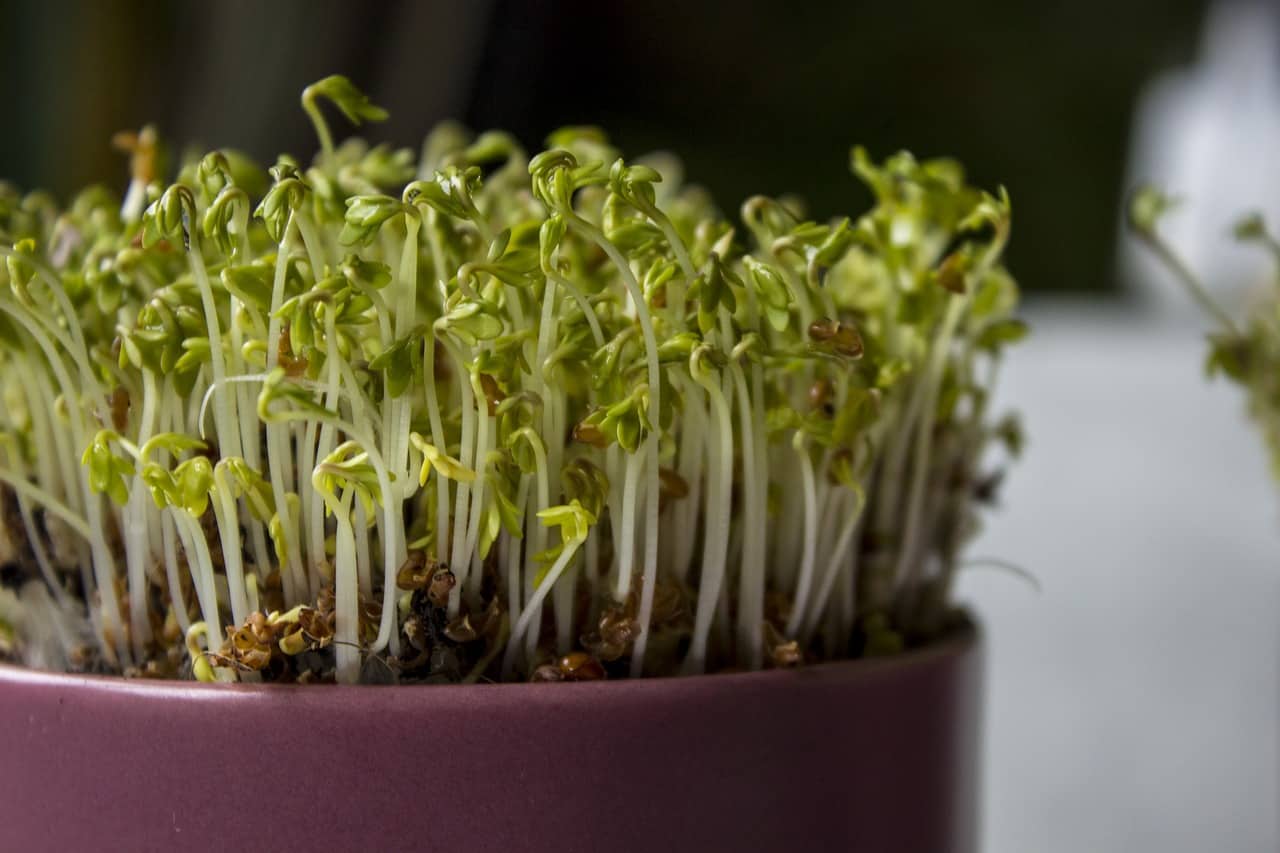The Best Practices to Growing Food Indoors

Ever since 11,050 BC, growing crops has always been a priority to ascertain human survival and prosperity. Today, evolution and technology have granted us new techniques to bring our food much closer to us.
On that note, you don't have to bear the harsh sun rays as you toil for hours to get your daily nourishment. Instead, grow food in the comfort of your home. To get you started, follow these guidelines.
Decide On the Kind of Food You Want To Grow
You need to figure out whether you want to sell your vegetables later, or you just want to sustain yourself independently. For the latter, consider growing mixed plants organically. They will ascertain that you maintain a healthy diet. For example, a combination of potatoes, soya beans, and kale should have all the carbohydrates, proteins, and vitamins you need.
For business, grow plants which mature quickly without putting too much effort. Foods like Pole beans, Peas, Zucchini, Cucumbers, and tomatoes are your best bet for high yields.
Adequate Space
To thrive in indoor gardening, you need to pick the best location for gardening. Some plants such as cucumbers take a lot of space horizontally while other like corn challenge you vertically. Modern technologies such as vertical gardening technique utilize the dead space along the walls and corners.
Proper Lighting
There are two types of lighting used to grow food indoors: artificial and natural lighting. Natural lighting allows plants to absorb UV-light directly from the sun. In this case, you have to place the plants adjacent to a window to maximize light absorption.
Artificial lighting, on the other hand, involves the use of grow lights to cater to your crops light needs. Incandescent light is the cheapest option in the market, but it is only suitable for young plants. Plants that do not need much light can use the fluorescent type which is relatively inexpensive. Herbs and vegetables would also do satisfactorily in such light while most legumes will need more intense light.
High-Intensity Discharge (HID) light is the most radiant and can be used for all plants. HID lighting can, however, be quite expensive as they come in different types each with different effects.
Hydroponics
Hydroponics refers to growing plants without soil. It mainly involves the use of nutrient-rich liquids to nourish the plants. This technique allows the plants to absorb the specific nutrients they need much faster.
It is essential that you invest in an efficient hydroponic system to accelerate the plants' growth. Moreover, hydroponics can guarantee that your garden is safe from most diseases and pests.
The procedure may seem complicated initially, with all the plastic tubes and trays involved. Nevertheless, once you kick off, the process becomes much more straightforward.
Monitor The Garden Environment
The main benefit of indoor gardening is the fact that you can control and apply the best treatments for your garden. Carefully watch the ambient temperature, the humidity, and the hydroponic system’s performance daily.
Try to maintain the temperature between the recommended 24 - 29 degrees. It is also a good practice to place a basin of water somewhere in the garden. Then place lava rocks inside the basin to enable faster evaporation. Finally, Use a digital hygrometer to display both the humidity and the temperature.
Regular Maintenance
Vegetables and herbs may dry up or rot if left alone for too long. Wilting indicates that you need to add more water to the crops. Brown leaves mean they need more nutrition or the lighting is poor. Spots on the leaves and discolouration may be evidence of a pest or a disease.
Regularly add water to the garden and treat the plants for any diseases and pests that may attack. And if the plants are infected, have an expert check on them to give you the best remedies.
In Conclusion
Unlike outdoor gardening, growing food indoors is not limited to seasonal weather patterns. You can grow almost all types of food throughout the year. You don't have to worry about weather forecasts, global warming, and climate change. All you need is the appropriate systems and a bit of effort, and you will never run short of food.
Image Credit: Pixabay
Sign up for FD's newsletter
The freshest stories from the food and dating world every week.




